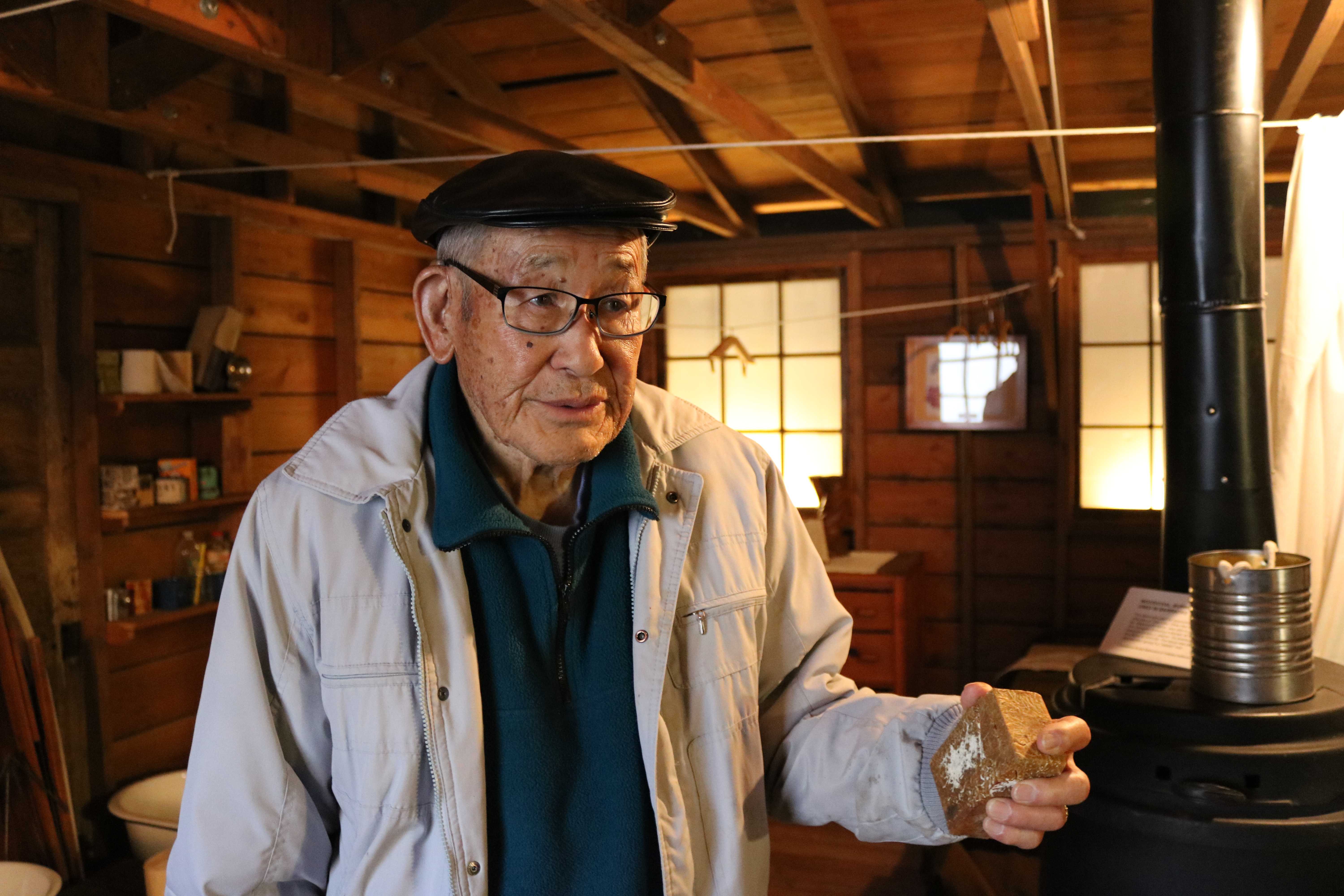Jimi Yamaichi, the curator at the Japanese-American Museum of San Jose, recalls the animosity he and his family experienced in the pre-war years simply because they were Japanese. Partly based on economic competition and partly based on racism, surrounding white communities sought to take over Japanese vegetable farms and increase their profits after years of depression.
It was three years into Yamaichi’s vocational training to become a carpenter when the detention notices were posted.
“We never received no letters, nothing,” Yamaichi says. “Everything was on the poster on a building or a telephone pole so we asked where are our instructions?” he said, “‘Report to Berryessa corner of Capitol and Berryessa road that’s where you’re assigned. Read the sign.’”
Yamaichi, who worked before the war as a produce farmer with his family, was part of the 52 percent of Japanese-American farmers who lost almost $20 million that planting season.
“We were just coming out of the Great Depression,” Yamaichi says. “People wanted to buy things that they had sacrificed for the past 10 years for. But then war came along, and we lost everything. You had to get rid of everything you had. It was really, really hard.”
Yamaichi was also one of thousands of Japanese-Americans who was branded as disloyal in Tule Lake, an internment camp in Northern California. He answered yes to the loyalty questions because he wanted to get out and go to college, but a member of his family, potentially his father, may have answered incorrectly. Instead of splitting up, the whole family went together to Tule Lake.
Simply put by Yamaichi, “Tule Lake was a bad camp.” Tule Lake was plagued by the ‘troublemakers’ from other camps, resulting in events such as the rise of the Hoshi Dan, a pro Japanese group. Tule Lake is also known for the strike of 1942, in which the Japanese-Americans refused to assist in the running of the camp after an old man was shot and killed for straying too close to the fence.Yamaichi rebelled by avoiding the draft. Once the war was in full swing, the army turned to the camps to recruit soldiers who spoke Japanese in order to fight in the Pacific. At each internment camp, Japanese-Americans took a stand against being drafted.
“It says only free Americans shall be drafted into the US Army,” Yamaichi says. “Free. We were in camps, with barbed wire fence around us and guard towers around us, so we were not free. So how could you put us in jail and say we were draft dodgers? We were already being imprisoned.”
Yamaichi and 26 other Japanese-Americans at Tule Lake resisted the draft, and they avoided a federal conviction due to the kindness of a California judge on vacation near the camp.The judge, who agreed with the Japanese-Americans on moral grounds, left the car running and left immediately after signing pardons, fearing backlash, according to Yamaichi. The men at other internment camps were not as lucky and were sentenced to three years in federal prison as punishment.
As people left the camps, Yamaichi, who stayed behind to help elders pack up and leave, recalls the pain of the Japanese-American community.
“All the different people leaving camp, the hardest one was seeing old folks there carrying coffe cans like this,” Yamaichi says as he cradles an aged red and white coffee tin to his chest closely, “She values that coffee can, because that’s the remains of her husband. It’s all she cared about. A lot of them had to do without.”
Even after he returned, Yamaichi still recounts a lifetime of racial discrimination and a continuation of the anti-Japanese sentiment that led to his internment. As a contractor and builder, he built many grand places, yet never attended a single grand opening.
“Once you finish the job, the doors locked,” Yamaichi says. “The harshest one was when I did a big job in San Diego –– the Admiral Kids Club. He [the contractor] calls up the day before I was going to fly down there and he tells me ‘The Admiral don’t wanna see no Japanese face when we do our grand opening.’”
Since then, he helped found the Japanese-American Museum of San Jose and built replicas of barracks and farmhouses by hand to display the community’s history. Yamaichi hopes to continue discussions about the community’s story long into the future.
“It’s my worry that this may die,” Yamaichi says. “The next generation is not too keen about it. I’m the oldest one in the bunch here. Most of them are in their 60s, 70s and 80s, but no one else is in their 90s that really knows. I hope to leave my story behind.”



